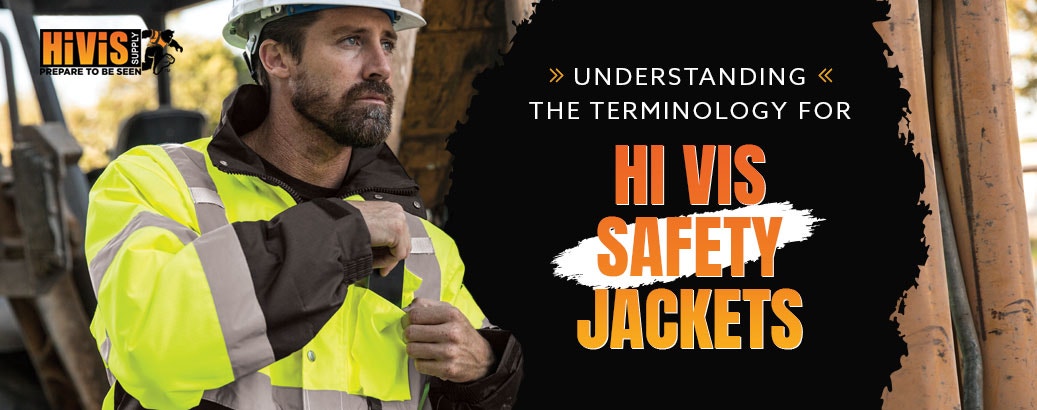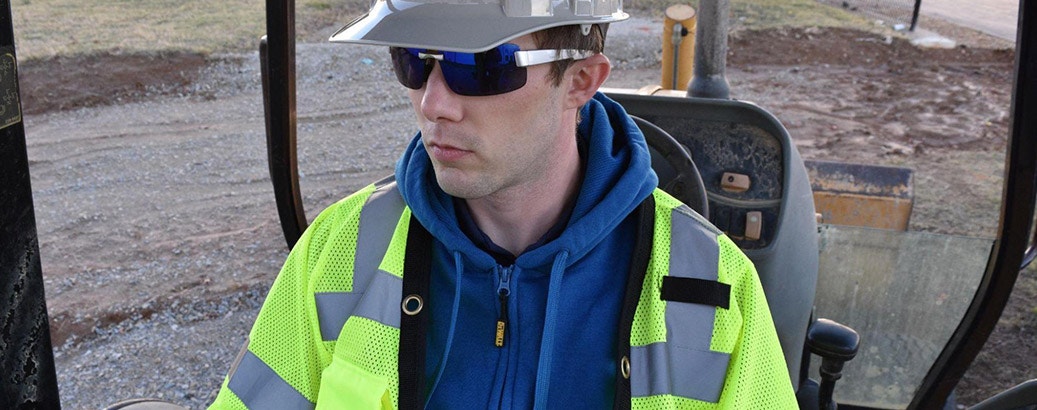What Is OSHA and How Does It Affect Your Job Site Safety?
- By HiVis Supply
- Oct 27, 2021

OSHA is an organization that regulates on-the-job safety for hundreds of millions of workers across the United States. If you work in industries like construction or manufacturing, you’re especially likely to deal with OSHA compliance in your everyday duties. But what is OSHA, and how does it work when it comes to your day-to-day job site safety? That’s what we’ll discuss below as we explore OSHA’s role in your workplace.
What Is OSHA?
OSHA is the U.S. government agency that sets safety regulations for workplaces. Congress established the agency in 1970 as part of the Occupational Safety and Health Act, and OSHA’s mandate includes the most important aspects of general safety in the workplace. These are just a few examples of areas OSHA probably regulates in your workplace:
- Working hours
- Meal and rest breaks
- Access to bathrooms
- Hazmat handling and storage
- Hearing, sight and ventilation hazards
- Vehicle and traffic safety
- Workplace violence
- Hot and cold temperature hazards
- Biohazard exposure
- Use of high visibility workwear and other PPE
The agency also creates industry-specific standards for certain industries, including construction and agriculture. Finally, OSHA also tracks workplace injuries and implements regulations designed to reduce them.
OSHA Regulations
Regulations are how OSHA protects workers. The agency’s regulations create a baseline standard for a safe workplace where workers are trained and equipped to deal with hazards on the job. Businesses that fail to meet these standards can face expensive citations from OSHA or even stop-work orders on their job sites.
The linchpin of all OSHA regulations is the general duty clause, which states that employers have a “general duty” to provide a workplace that’s “free from recognized hazards that are causing or are likely to cause death or serious physical harm.” That means, even in situations without a specific OSHA standard to apply, the employer still has to use practical strategies to mitigate workplace hazards.
OSHA Regulations and You
It’s every employer’s responsibility to know the relevant OSHA standards for their industry and to stay in compliance at all times. Workers also need to know the OSHA standards relevant to their jobs and how to stay in compliance, such as what level of ANSI safety vest they need to wear.
Note that some important standards that OSHA treats as requirements, such as the section 1926.200 lean heavily on consensus standards from industry organizations, such as the International Safety Equipment Association (ISEA) and their involvement in the development of the ANSI 107 standard. Although the ANSI standards aren’t technically laws, their guidelines for worker safety best practices are typically adopted by OSHA; which creates a de facto necessity to abide. At the end of the day, obedience to the general consensus guidelines for the improvement of workplace safety is the right thing to do.

OSHA Training
Prevention is almost always better than reaction, which is why training standards are a big part of the organization’s strategy for keeping workers safe. OSHA has detailed training standards for many different industries that define which hazards workers need to know about and how they should be trained to deal with them.
OSHA also uses outreach trainers to educate people more directly. The agency authorizes trainers from other organizations to educate workers on important workplace safety topics. These talks aren’t required by OSHA, but it’s common for large organizations to require them. Some city and town governments also require OSHA outreach trainings for certain industries.
OSHA on Your Job Site
Every industry has different safety hazards and ways of mitigating them. To help you understand how OSHA regulations affect job site safety, here are five things to remember:
- As previously mentioned, OSHA can fine a business or temporarily shut down its operations for serious violations. OSHA can also conduct an inspection for a variety of reasons, including complaints from employees.
- OSHA requires that employers pay for employees’ safety equipment in most cases. Employers, for example, must purchase appropriate high visibility safety gear for their employees.
- OSHA requires all businesses to report serious injuries on the job. This gives the agency important data about workplace injuries, as well as tracks injuries at workplaces that may need to improve their safety practices.
- OSHA requires all businesses to post certain information in a publicly available part of the workplace. This typically includes material safety data sheets, information about relevant regulations and many other types of important info.
- OSHA empowers workers to protect themselves by reporting employers who violate OSHA standards. If employers don’t address recognized safety hazards, and especially the violation results in a worker getting hurt, employees can file an OSHA complaint against the employer. OSHA’s whistleblower laws also protect employees from retaliation if they file a complaint.

HiVis Supply also offers job site safety resources that can help make your workplace safer. See the handy OSHA quick cards for instant “cheat sheets” to help you remember safe PPE practices. Likewise, be sure to get familiar with the ANSI 107 standard to make sure you’re choosing the right level of compliance.











